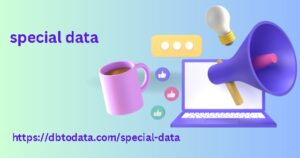I think the one who was very clear about why we want and demand sessions and adapt their definition very well to that was “GA Classic”. Version 2 of there was only one real interest party in the data: the marketing team.
Google Analytics formulat
The session as what marketing want to achieve: as close as possible to the (duplicat) clicks of paid campaigns. From this perspective, a session had to be what happens after a click on a paid or organic mium. This is how the belief that click and session were relat was born and we understood for a long time that what happen in a session was thanks to its previous click. If you think about it, this definition that we all took for grant in GA2 and GA3, was actually quite far-fetch:
A session was everything that happen from
A campaign origin until the user spent more than 30 minutes without interacting with the website . If, for example, in less than 1 minute someone linkedin data enter first through one campaign and then through another, since that was 2 clicks.
GA would tell us that those were 2 sessions
Were they 2 sessions? No, they weren’t. It just suit us that they were. This was certainly very artificial, but the marketing team was following this analogy, the first principle happy, because the clicks and sessions more or less match up.
Marketing is no longer happy with Google Analytics sessions
With GA4, Google and its session concept have been updat. What was a great idea in the early 2000s, in a multi-campaign world with web+app measurement, was no longer so. Active businesses (those that really ne Analytics no matter what) were continually breaking sessions by re-impacting users with remarketing, mobile pushes and shopping cart recoveries (to name a few). Our sessions were multiplying and the worst thing is that almost no snbd host one was aware of it. Yes, you read that right, you always had fewer sessions than GA told you you had.







